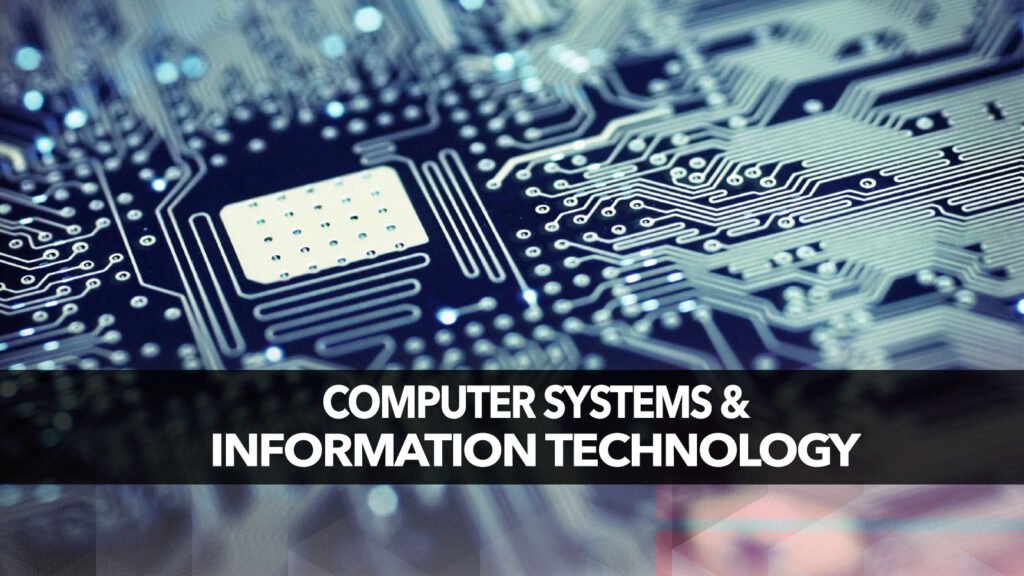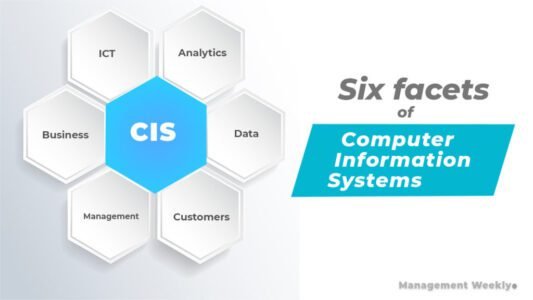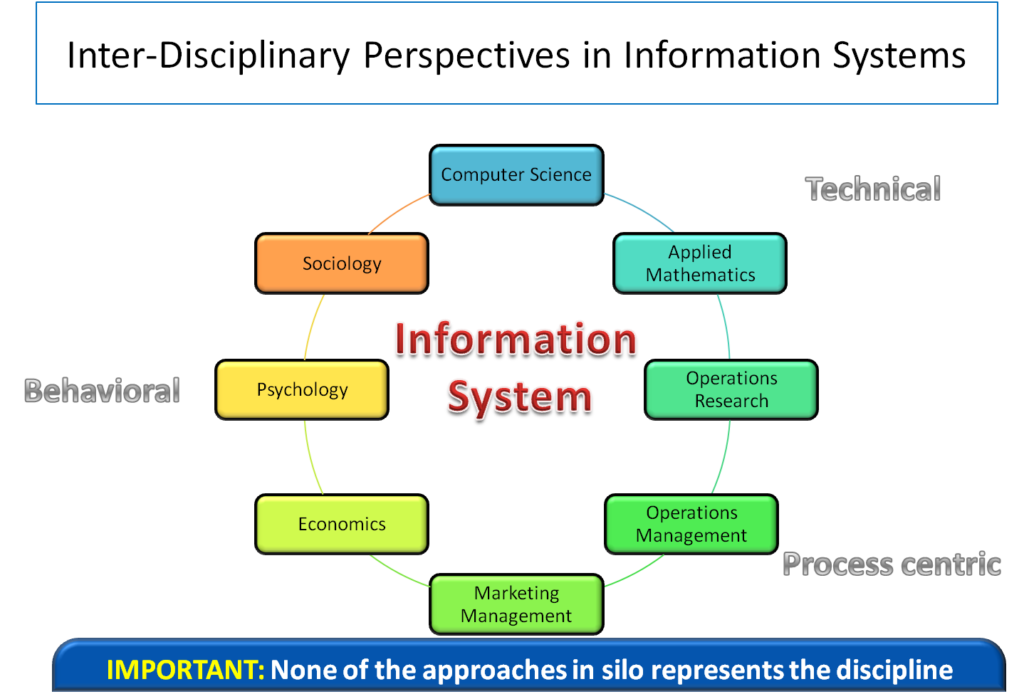Introduction: Understanding Computer Information Systems
A computer information system is an organized setup that collects, processes, stores, and distributes information to support decision-making and operations within an organization. These systems play a vital role in businesses, schools, healthcare, and even in personal use, helping individuals and groups manage data efficiently.
In today’s digital world, computer information systems are essential for processing large amounts of data, automating tasks, and ensuring that operations run smoothly. Whether it is managing financial records, tracking inventory, or facilitating communication, these systems simplify complex tasks and enhance productivity.
Table of Contents

Components of a Computer Information System
A computer information system consists of several key components that work together to manage and process data effectively.
- Hardware: This includes physical devices such as computers, monitor ,scanners, servers, networking equipment, and storage devices that support system operations.
- Software: These are programs and applications that process and manage data, including operating systems, databases, and business applications.
- People: Users who interact with the system, such as employees, administrators, and IT professionals who operate and maintain the system.
- Data: Information collected and processed by the system, which can be stored in databases for future use.
- Processes: Defined procedures and rules for processing, analyzing, and distributing information within the system.
Understanding these components helps in designing and implementing efficient computer information systems that cater to different needs.

Types of Computer Information Systems
There are various types of computer information systems, each designed to serve specific purposes in different sectors. Some common types include:
- Transaction Processing Systems (TPS):
- Handle daily transactions such as sales, orders, and payments.
- Examples: Point of Sale (POS) systems in retail stores.
- Management Information Systems (MIS):
- Provide summarized reports to help managers make informed decisions.
- Examples: Sales performance analysis reports.
- Decision Support Systems (DSS):
- Assist in complex decision-making by analyzing data and generating insights.
- Examples: Forecasting demand for products based on market trends.
- Enterprise Resource Planning (ERP) Systems:
- Integrate different business functions such as finance, HR, and supply chain management.
- Examples: SAP and Oracle ERP systems.
- Customer Relationship Management (CRM) Systems:
- Help businesses manage interactions with customers to improve service and sales.
- Examples: Salesforce and HubSpot.
Importance of Computer Information Systems in Daily Life
Computer information systems have become an integral part of daily life, offering various benefits such as:
- Efficiency: Automating tasks and reducing manual effort.
- Accuracy: Minimizing errors by processing data systematically.
- Data Security: Protecting sensitive information through encryption and access controls.
- Decision-Making: Providing timely and accurate information for better decision-making.
- Communication: Facilitating smooth communication through emails, chats, and video conferencing tools.
These benefits make computer information systems indispensable in modern society.

Challenges Faced by Computer Information Systems
Despite their advantages, computer information systems face several challenges that need to be addressed to ensure their effectiveness.
- Cybersecurity Threats: Protecting data from hackers and unauthorized access.
- System Downtime: Ensuring minimal disruptions due to technical failures.
- Data Management: Handling large volumes of data efficiently and securely.
- User Training: Educating users to utilize the system effectively and avoid errors.
- Cost of Implementation: High expenses associated with deploying and maintaining complex systems.
Addressing these challenges is crucial to maximize the potential of computer information systems.
Future Trends in Computer Information Systems
The future of computer information systems is evolving rapidly with advancements in technology. Some key trends to watch include:
- Artificial Intelligence (AI): Enhancing automation and decision-making through machine learning.
- Cloud Computing: Enabling remote access to systems and reducing infrastructure costs.
- Big Data Analytics: Providing deeper insights by analyzing vast amounts of data.
- Internet of Things (IoT): Connecting devices to collect and share data in real-time.
- Blockchain Technology: Enhancing data security and transparency.
Also Read : How Can You Protect Your Home Computer? A Simple Guide for Everyone
Staying updated with these trends can help individuals and organizations leverage new technologies for improved efficiency.

Conclusion: The Role of Computer Information Systems in a Digital World
Computer information systems are an essential part of modern society, helping individuals and organizations streamline operations, make informed decisions, and improve productivity. Investing in the right system, staying informed about technological advancements, and addressing challenges effectively can lead to long-term success. Explore how computer information systems can transform businesses and daily activities by adopting innovative solutions.
Understanding computer information systems can help individuals and organizations use technology to its fullest potential.
Frequently Asked Questions (FAQs)
1. What is the purpose of a computer information system?
A computer information system is designed to collect, process, store, and distribute information to support decision-making and business operations.
2. How do businesses benefit from computer information systems?
Businesses benefit by improving efficiency, reducing errors, enhancing decision-making, and providing better customer service
3. What are some examples of computer information systems?
Examples include transaction processing systems (TPS), management information systems (MIS), and customer relationship management (CRM) systems.
4. What challenges do computer information systems face?
Challenges include cybersecurity threats, system downtime, data management issues, and high implementation costs.
5. How can computer information systems improve decision-making?
By providing accurate and timely data, analyzing trends, and generating reports that assist in making informed choices.
.

